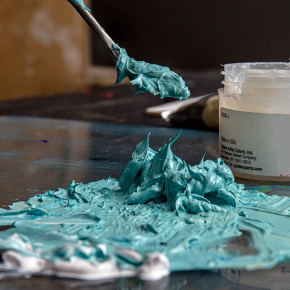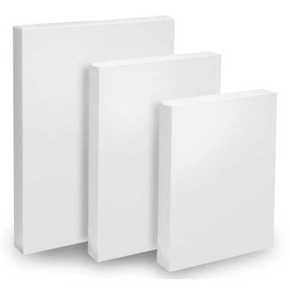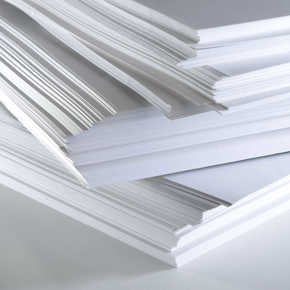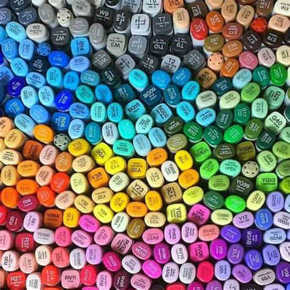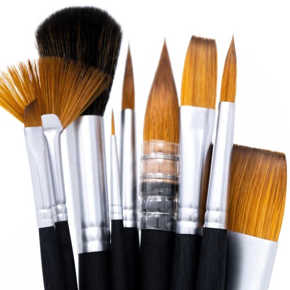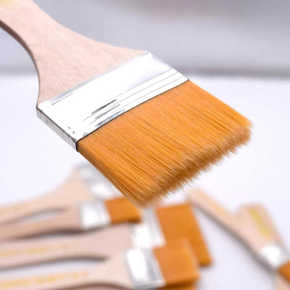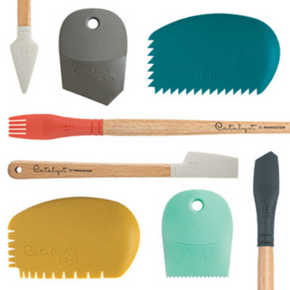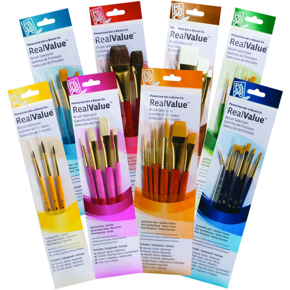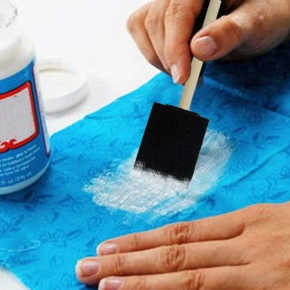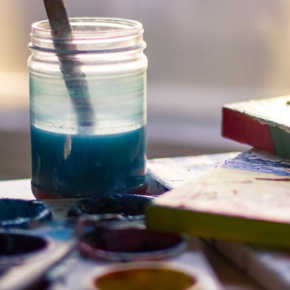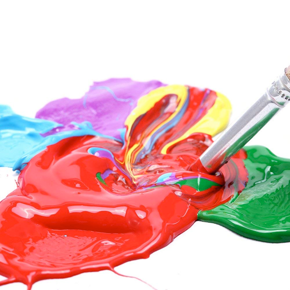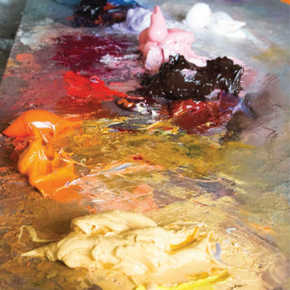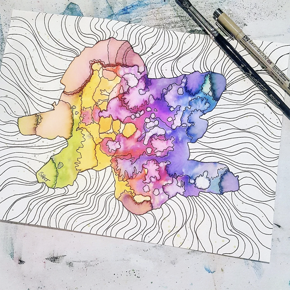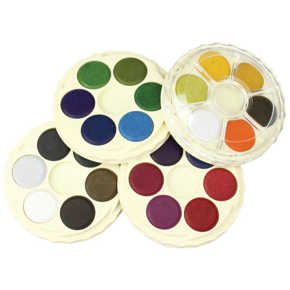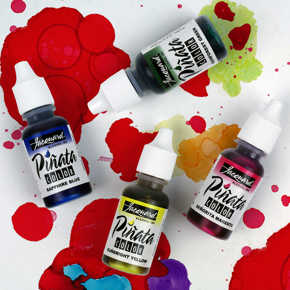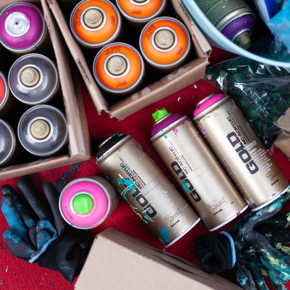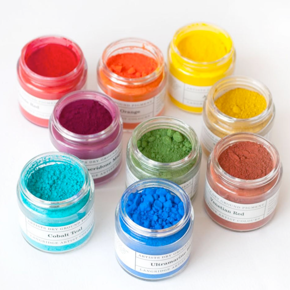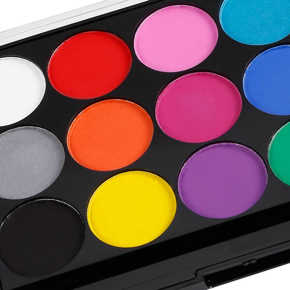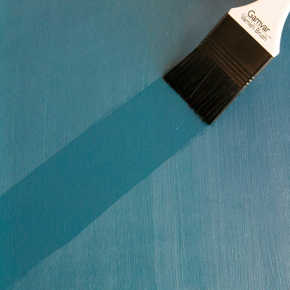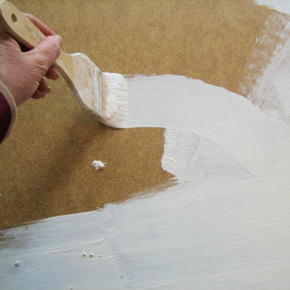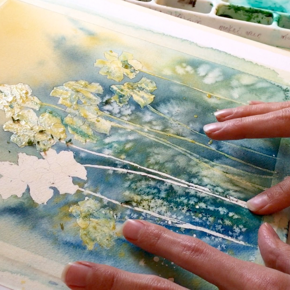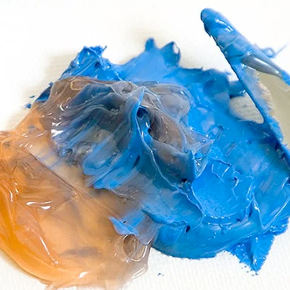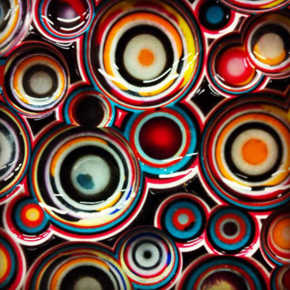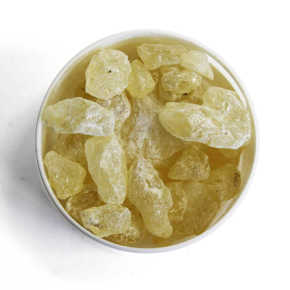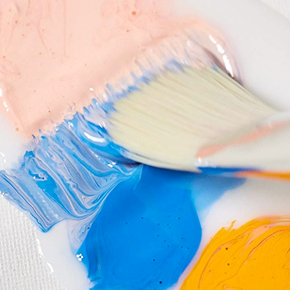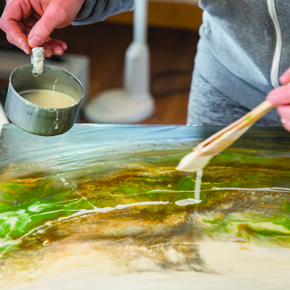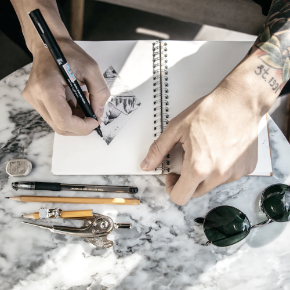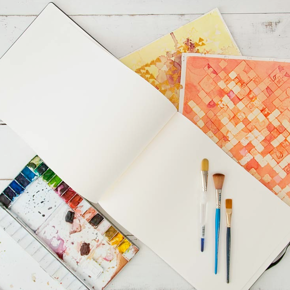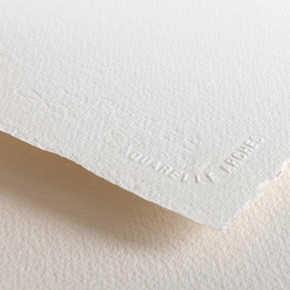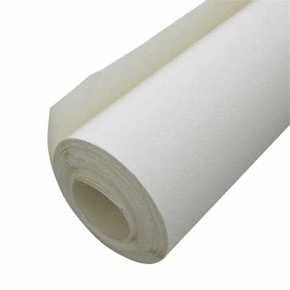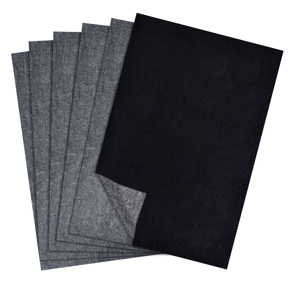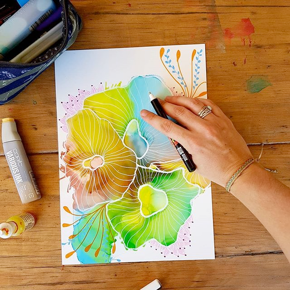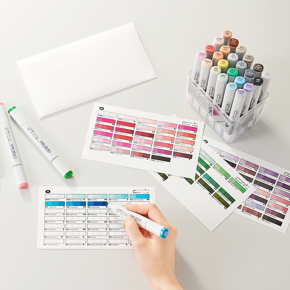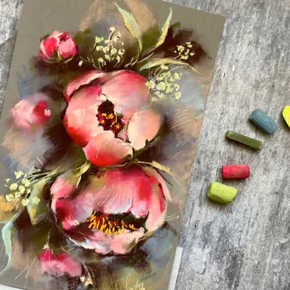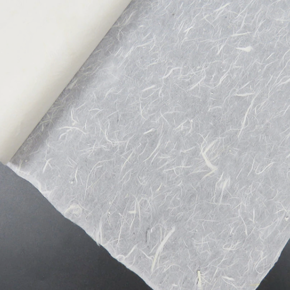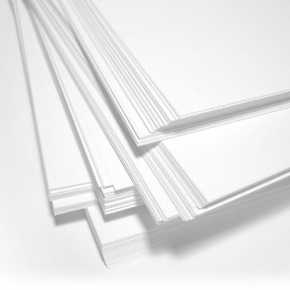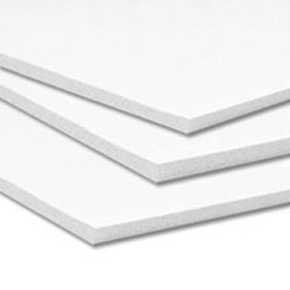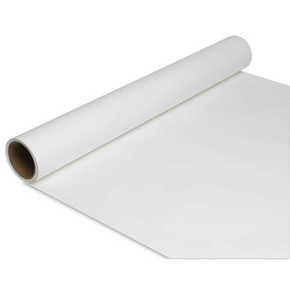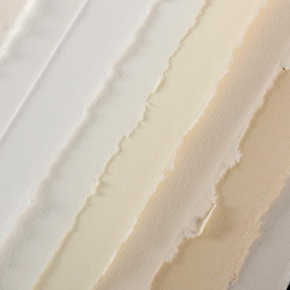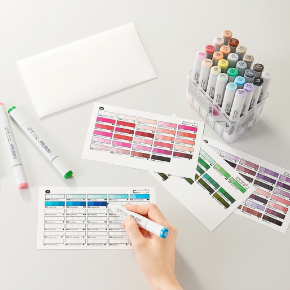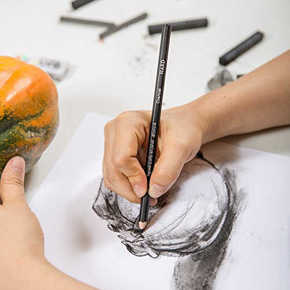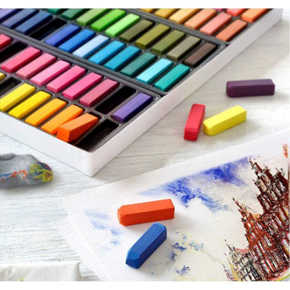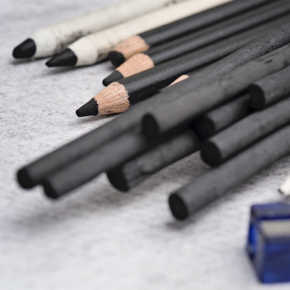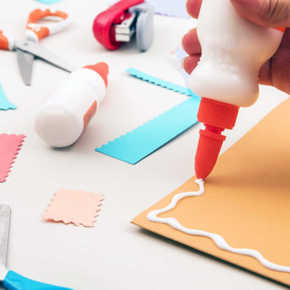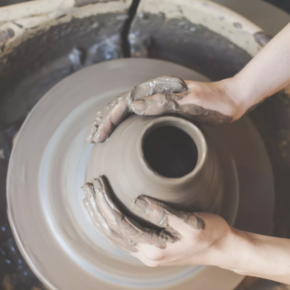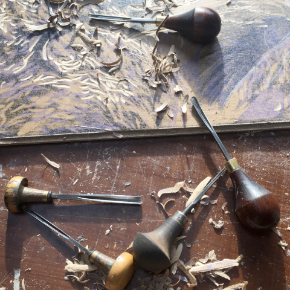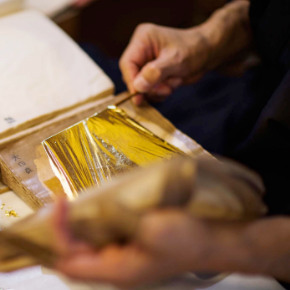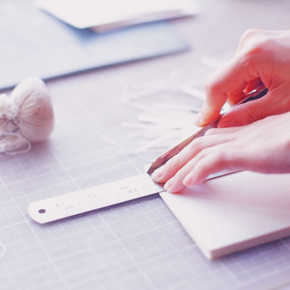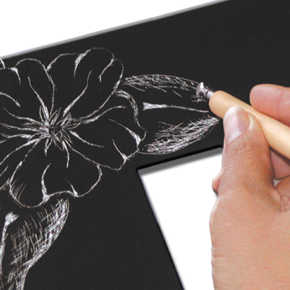
It’s important when looking at different painting methods to keep in mind that you can really do whatever you want. Yet if you’re looking to learn a specific painting method, such as more traditional in-direct painting method, it stands to reason that you are going to need to find in depth information on that method and adhere to that mentor’s rules. Yet as we all know, what makes paintings unique is the breaking of rules, rather than a strict adherence to them. With that said, there are some super basic rules that apply to oil painting at large, which really can’t be, or to be stated softly, shouldn’t be broken. Beyond those though, go ham, make something weird.
Unbreakable* rules
The unbreakable rules are few, but if you want to create artwork that lasts decades, doesn’t fade, crack, or peel, that doesn’t harm the health of yourself or others enjoying your art, then you may want to consider the rules. You may notice the asterisk following the “unbreakable” in the heading, that’s because even the unbreakable rules may sometimes be broken, for instance if you are really wanting to do something experimental, which I think will be cool and am in support of. Yet, maybe you’ll just make a huge mess, but maybe the huge mess is cool as well. Therein lies the beauty of art. Whatever happens I’m sure it’ll be a valuable learning experience at the very least.
“Fat” over “lean”
This is a hard one to ignore, and I think you’d likely do well to adhere to it. “fat” over “lean” refers to the oil content of your paint and just means fat paint ( paint with a higher oil content = slower drying) needs to go on top of lean paint (paint with a lower oil content = faster drying). This can be especially critical when using mediums that contain a chemical for speeding up the drying time of paint, such as a solvent, cobalt drier or Alkyd resin, or when using a medium that slows the drying time, such as linseed oil, walnut oil, safflower oil, etc. The oil content of a paint largely dictates the speed of which it dries, the more oil in the paint the fatter it is and the slower it will dry, and applying a layer of lean paint over a layer of fat layer of paint will crack and otherwise be a nightmare. This happens due to the paint contracting as it cures and if the layer below is contracting slower than the layer on top, cracks will begin to form in the upper layers as well as all kinds of issues with adhesion. So, if you like your paint uncracked and attached to your canvas, maybe follow this one.
Another consideration of this rule is it’s often a good idea to work thick over thin, referring to the actual volume of paint you’re applying to the canvas. When working in layers start with thinner applications of paint in the underpainting and then go with thicker, impasto, heavy brush strokes on top. For the same reasons outlined above, you want the paint below to be drying faster than the consecutive layers.
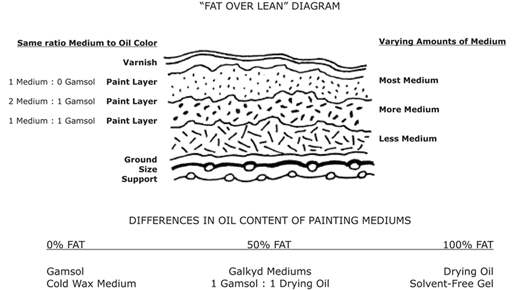
You can work oils over acrylics, but not acrylics over oils.
This rule doesn’t strictly relate to oil paint, but more its relationship to other mediums, specifically, acrylics. Oils are going to have no issue adhering to a surface coated with acrylic. So, you can use acrylic to prime, tone or do an underpainting before using oil. The issue arises if you attempt to use acrylics (or any water based medium) on top of a surface coated with oil paint, as all hell will break loose, petrol prices will rise another 50 cents, and your favourite sports team will lose the big championship game, it’s serious stuff. Regarding the painting though, you’ll find that the acrylic just simply isn’t able to adhere to the oil painted surface, it creates a very similar issue to the fat over lean rule above. The acrylic may bead up right away, it may flake off immediately after drying or it may flake off after a week or so, but you can be rest assured, it isn’t staying on that canvas.
Prepare your support adequately.
Most canvas that you’ll get from an art supply store is already triple primed with gesso, however if you buy unprimed cotton canvas, or tend to paint on wood panel, board, card, MDF or anything else, you will absolutely want to strongly consider priming that bad boy! Failing to do so will result in a plethora of issues. On the extreme end of the scale, an unprimed surface is often likely to rot, which can be an issue… Unless of course you are following in the footsteps of Helen Frankenthaler who made a very lucrative art practice breaking this rule and exhibiting large scale, sometimes mouldy paintings. Intentional or not, I do get the feeling that a mouldy painting isn’t preferable, and I do worry about the sanity of someone excited to hang one of those works in their home.
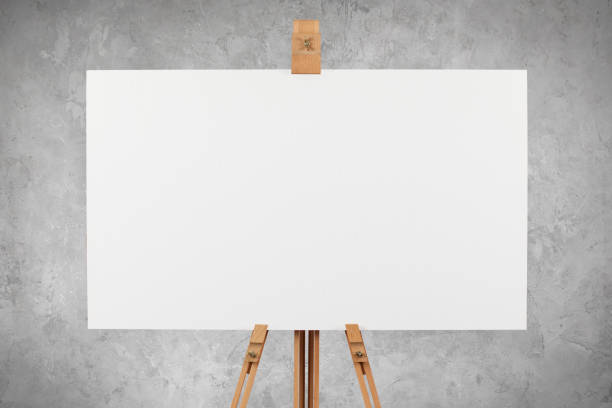
On the other end of the scale, and albeit far more likely, an unprimed canvas will just be challenging to work on. Raw canvas is going to be exceedingly dry and absorbent, not allowing the paint to flow off the brush in any meaningful way, be it acrylics or oils. Also, the colour on the canvas itself will become muted and washed out as it is absorbed into the canvas, and I can’t speak for you, but I wouldn’t want that. In addition, working on an unprimed wood panel can be somewhat problematic due to oils and chemicals from the wood leaching into the paint and shifting the colour of the paint towards yellow.
Final words
At the end of the day, the limitations on painting are almost non-existent. It’s important to know the rules even if you intend to ignore them. Having a conscious consideration of the limitations of paint can help you understand what is possible. contemporary painting continues to explore seemingly endless stream of creative ideas. Pushing boundaries is what art does. The rules as outlined above form the structure of a work that will stand the test of time and following them will lead to a painting that will not change in a way that affect the works visual prowess. Unless of course that’s not your intent. Honestly, as mentioned above, do whatever you want. Breaking all these rules will result in a painting that is potentially dull, mould ridden, cracked and flaking. Which could be your jam, and that’s your prerogative. Yet, I don’t think it would be too ridiculous of me to assume that most people don’t want that. So, this is for those people.




